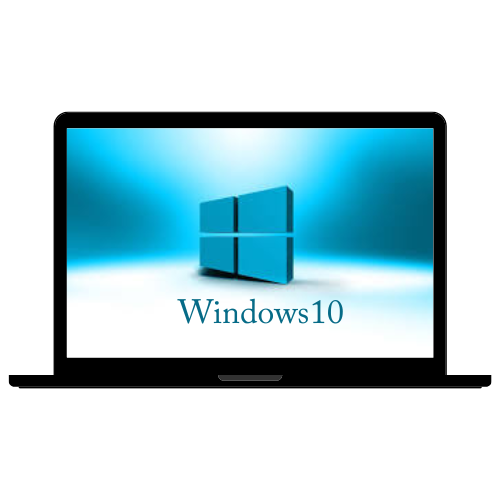As Windows 7 has reached its end of support, upgrading to Windows 10 is essential for maintaining security and receiving the latest features. Fortunately, Microsoft offers a straightforward upgrade process. Follow this step-by-step guide to smoothly transition from Windows 7 to Windows 10.

1. Check System Requirements:
- Ensure your computer meets the minimum system requirements for Windows 10. Generally, if your device runs Windows 7, it should be compatible, but verifying is crucial.
2. Backup Your Data:
- Before any major upgrade, it’s wise to back up your important files to prevent data loss. Use an external hard drive, cloud storage, or another reliable backup method.
3. Windows Update:
- Make sure your Windows 7 is up to date by running Windows Update. This ensures you have the latest security and performance updates.
4. Download Windows 10 Installation Tool:
- Visit the official Microsoft website and download the Windows 10 Media Creation Tool. This tool facilitates the upgrade process.
5. Run the Media Creation Tool:
- Execute the downloaded tool and select “Upgrade this PC now.” Follow the on-screen prompts, and the tool will download and install Windows 10.
6. Choose Upgrade Option:
- During the installation, you’ll be prompted to choose between keeping your files or doing a clean install. Select the option to keep your files to preserve your data.
7. Follow Installation Prompts:
- The installation process will continue, and your computer may restart several times. Follow the prompts and wait for the process to complete.
8. Set Up Windows 10:
- After installation, you’ll be guided through the setup process for Windows 10. Customize your settings, sign in with your Microsoft account, and choose privacy preferences.
9. Check Device Drivers:
- Post-upgrade, check for updated device drivers. Visit the device manufacturer’s website to download and install the latest drivers for your hardware.
10. Activate Windows 10:
- If prompted, enter your Windows 7 product key to activate Windows 10. Follow any additional prompts to complete the activation process.
11. Verify Settings and Install Updates:
- Review and adjust system settings as needed. Run Windows Update again to ensure your system is up to date with the latest security patches and updates.
12. Enjoy Windows 10:
- Once everything is set up, explore the enhanced features and security measures that Windows 10 offers.
Note:
If you encounter any issues during the upgrade, Microsoft provides assistance through their support channels, including online forums and customer support.
Conclusion:
Upgrading from Windows 7 to Windows 10 is a crucial step for maintaining a secure and up-to-date computing environment. By following this step-by-step guide, you can smoothly transition to Windows 10 while preserving your data and settings
